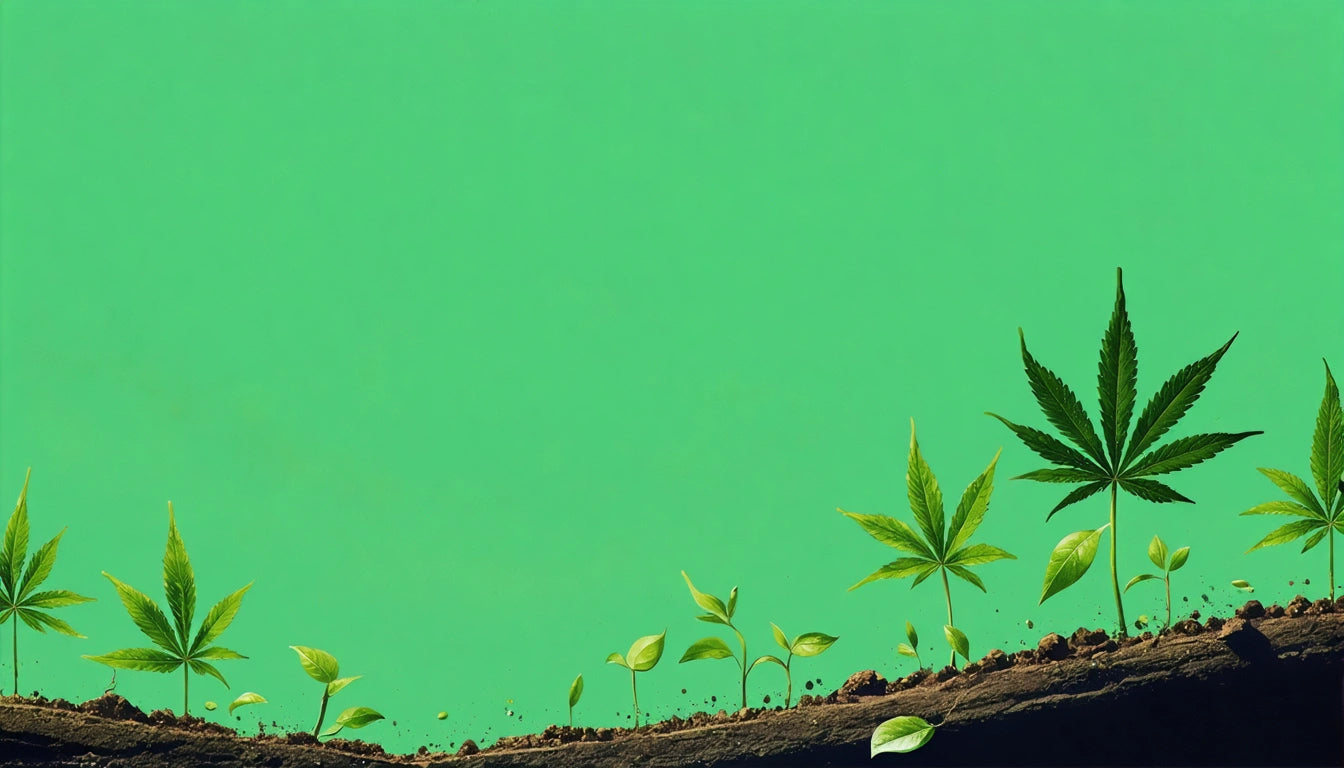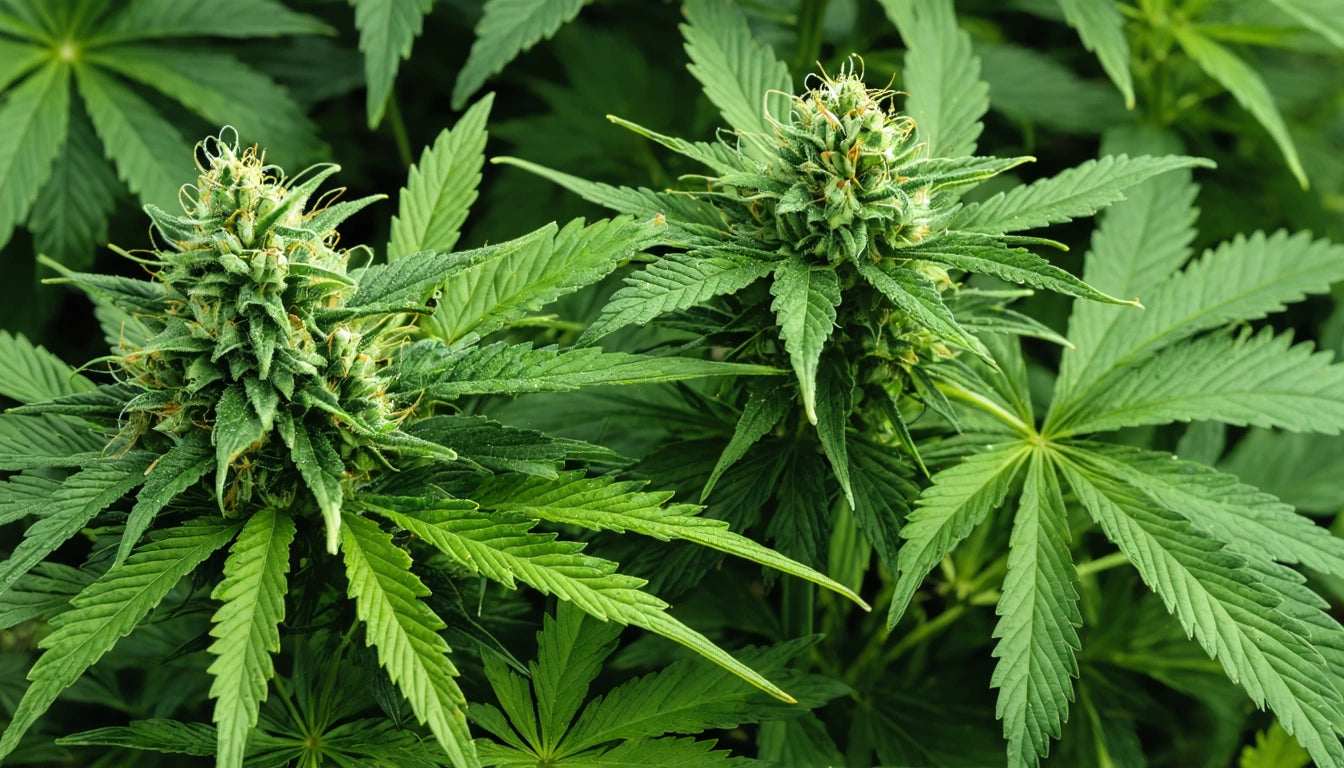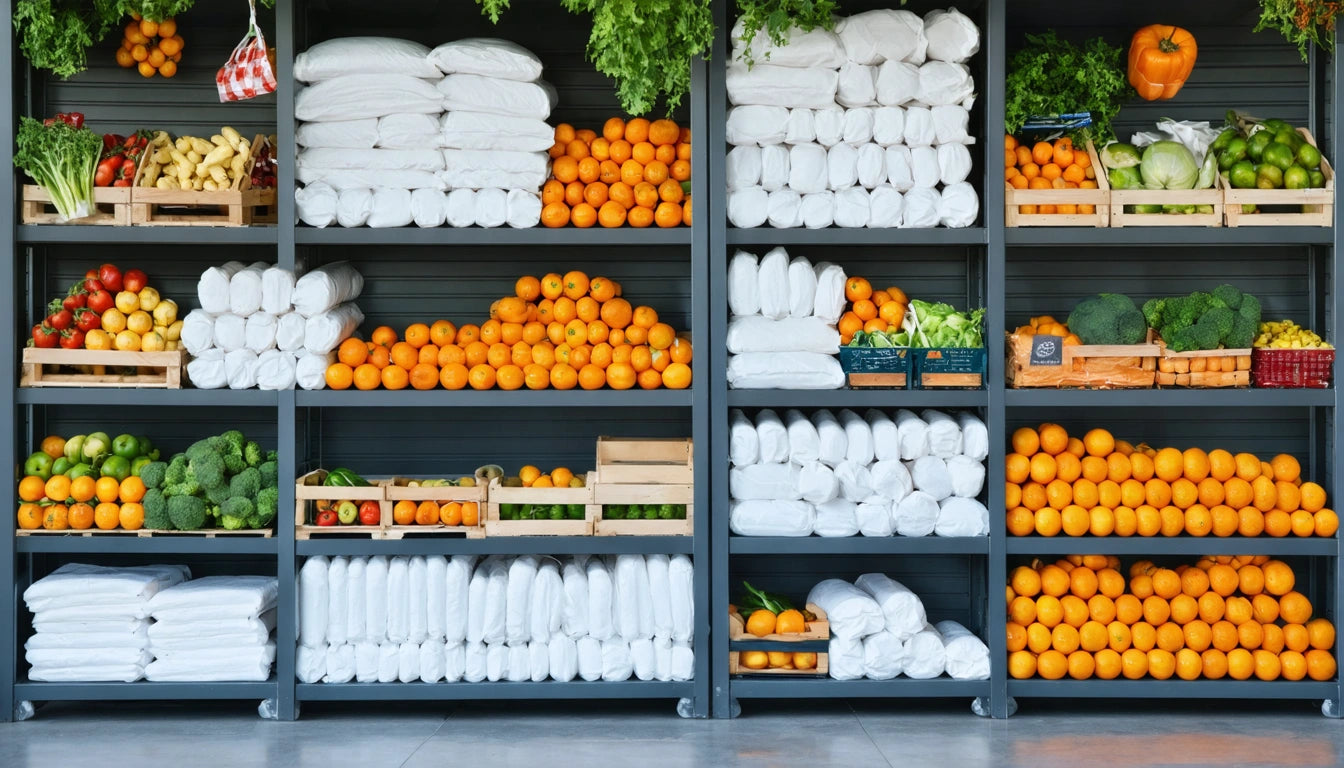Table of Contents
In today's environmentally conscious market, cannabis brands have a unique opportunity to differentiate themselves through sustainable packaging choices. Custom packaging serves as more than just a container. It's a powerful storytelling medium that communicates your brand's values and commitment to environmental stewardship. This guide explores how to effectively leverage custom packaging to showcase your sustainability initiatives while building consumer loyalty.
Why Sustainable Packaging Matters in Cannabis
The cannabis industry faces unique sustainability challenges. With strict compliance requirements often leading to excess packaging, consumers have become increasingly critical of wasteful practices. According to industry surveys, over 64% of cannabis consumers consider environmental impact when making purchasing decisions.
Sustainable packaging addresses these concerns while offering tangible benefits:
- Enhanced brand perception and loyalty
- Reduced environmental footprint
- Potential cost savings through material efficiency
- Competitive advantage in crowded markets
- Alignment with evolving consumer values
Studies on packaging ROI consistently show that sustainability messaging can drive purchase intent, particularly among younger demographics who prioritize environmental responsibility.
Selecting Eco-Friendly Materials That Align With Brand Values
Material selection forms the foundation of your sustainability story. When choosing materials for custom cannabis packaging, consider these environmentally friendly options:
Biodegradable and Compostable Options
Plant-based plastics, mushroom packaging, and hemp-derived materials offer innovative alternatives to traditional plastics. These materials communicate a commitment to reducing landfill waste while maintaining product integrity.
Recycled and Recyclable Materials
Post-consumer recycled (PCR) paper, cardboard, and glass demonstrate resource conservation. Importantly, our recyclable child-resistant packaging options show that safety compliance and sustainability can coexist effectively in cannabis packaging design.
Minimalist Approaches
Reducing material usage through clever design not only minimizes waste but also creates a modern aesthetic that many consumers appreciate. Concentrated design efforts can yield packaging that uses less material while maintaining visual impact.
Designing Packaging That Communicates Sustainability
How you visually communicate your sustainability story matters as much as the materials themselves. Effective design strategies include:
Visual Sustainability Cues
Incorporate earth tones, natural textures, and minimalist design elements that visually signal environmental consciousness. The psychology of color and typography plays a crucial role in conveying sustainability at first glance.
Transparent Messaging
Clearly communicate your sustainable practices through concise copy that explains material choices, manufacturing processes, and proper disposal instructions. Avoid vague claims that could be perceived as greenwashing.
Certification Logos
Include relevant certifications such as Cradle to Cradle, FSC (Forest Stewardship Council), or compostability certifications when applicable. These third-party validations build credibility for your sustainability claims.
Brands that differentiate through custom packaging often find that subtle sustainability cues resonate more authentically than heavy-handed messaging.
Balancing Sustainability With Regulatory Requirements
Cannabis packaging must navigate strict regulatory requirements while maintaining sustainability commitments. Key considerations include:
Child-Resistant Features
Implement child-resistant mechanisms that don't compromise recyclability. Some innovative designs now incorporate paper-based child-resistant features that eliminate the need for plastic components.
Compliance Labeling
Design label space efficiently to accommodate required warnings and information while minimizing overall packaging size. QR codes can transfer some information digitally, reducing printed material needs.
Preservation Requirements
Balance product freshness needs with sustainable materials. For products requiring humidity control or light protection, consider sustainable alternatives to traditional barrier materials.
Balancing compliance with creative freedom remains challenging but achievable with thoughtful design approaches.
Measuring and Showcasing Your Environmental Impact
To make your sustainability story credible, implement measurement and transparency practices:
Life Cycle Assessments
Conduct formal or informal life cycle assessments of your packaging to understand its true environmental impact from production through disposal.
Carbon Footprint Calculations
Calculate and communicate the carbon footprint reduction achieved through your sustainable packaging choices compared to conventional alternatives.
Consumer Education
Use packaging real estate to educate consumers on proper disposal or recycling of your packaging. This extends your sustainability story beyond purchase to end-of-life considerations.
Brands that take a data-driven approach to sustainability can avoid greenwashing accusations while building authentic connections with environmentally conscious consumers. By integrating these practices into your custom packaging strategy, you transform ordinary containers into powerful brand storytelling tools that resonate with today's values-driven cannabis consumers.











Leave a comment
All comments are moderated before being published.
This site is protected by hCaptcha and the hCaptcha Privacy Policy and Terms of Service apply.